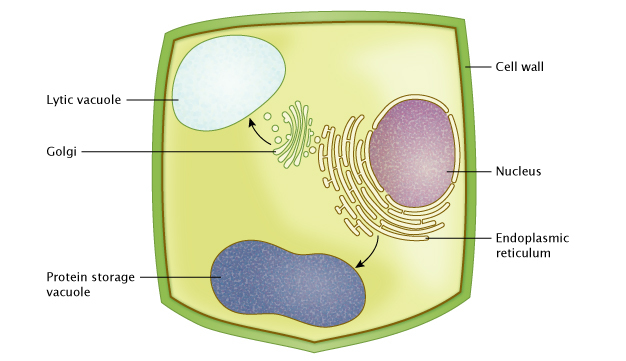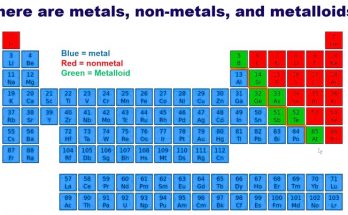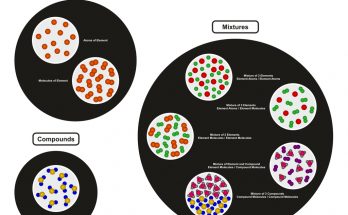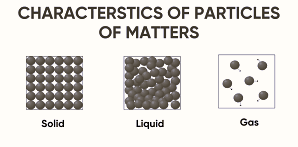Short Note on Vacuoles
Table of Contents
Vacuoles Definition:
Vacuoles are membrane-bound cell organelles that are present in the cytoplasm and are filled with a watery fluid containing various substances.
Discovery of Vacuoles:
Vacuoles were discovered by Felix Dujardin in 1835.
Types of Vacuoles:
There are four types of vacuoles on the basis of content and functions:-
- Sap vacuoles
- Contractile vacuoles
- Food vacuoles
- Gas vacuoles
Structure of Vacuoles:
- Vacuole is a membrane bound structure found in the cytoplasmic matrix of a cell.
- The membrane that surrounds the vacuole is known as tonoplast.
- The components of the vacuole, known as the cell sap, differ from that of the surrounding cytoplasm.
- The membranes are composed of phospholipids.
- The membranes are embedded with proteins that help in transporting molecules across the membrane.
- Different combinations of these proteins help the vacuoles to hold different materials.
Function of Vacuoles:
- Stores salts, minerals, pigments and proteins within the cell.
- Turgor pressure of the vacuoles provides shape to the cell and helps it to withstand extreme conditions.
- The substances are taken in by a vacuole through endocytosis and excreted through exocytosis.
Also Check – Endocytosis -Definition, Mechanism, Types, Examples
Also Check – What is the Difference between Plant Vacuoles and Animal Vacuoles?
Also Check – What will happen to the Plant Cell without Vacuole?
Also Check – 10 Important Vacuoles Functions
Also Check – Why do Plant cells possess Large Sized Vacuoles




3 Comments on “Write a Short Note on Vacuoles”